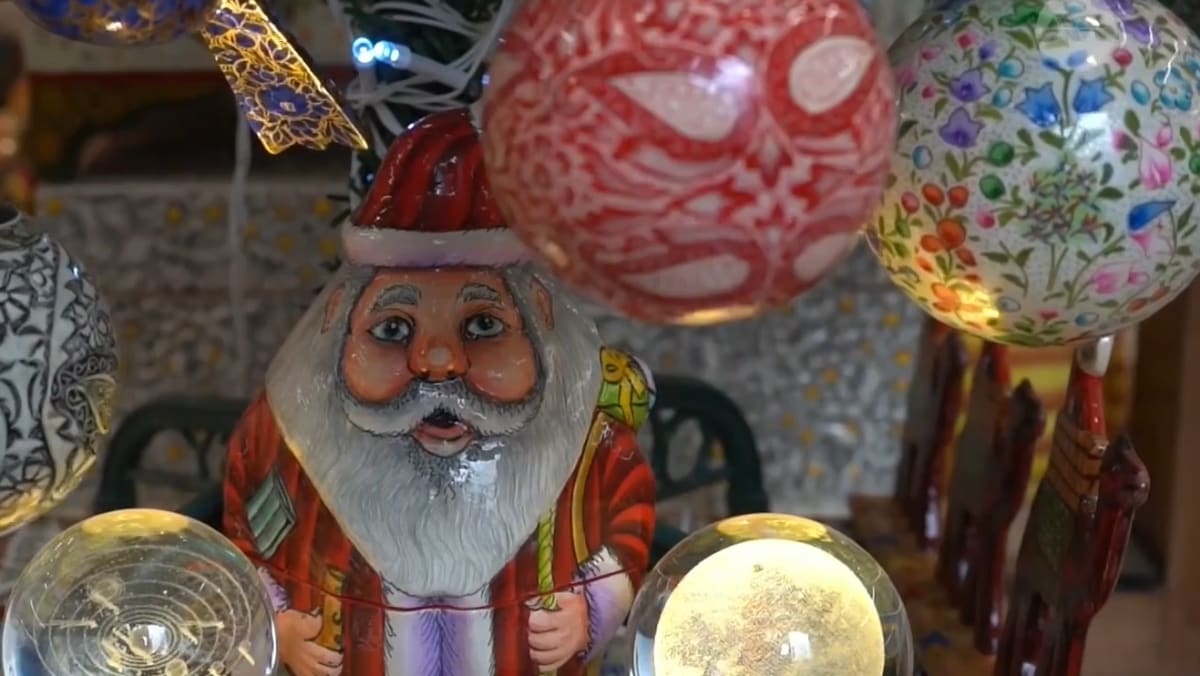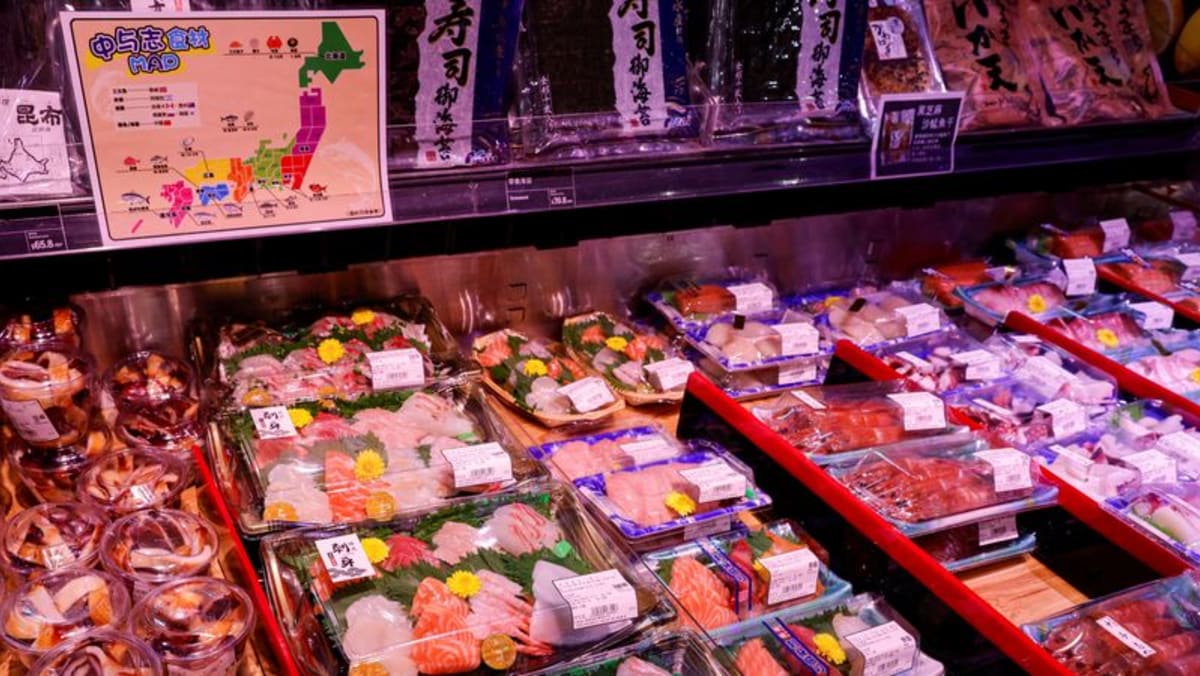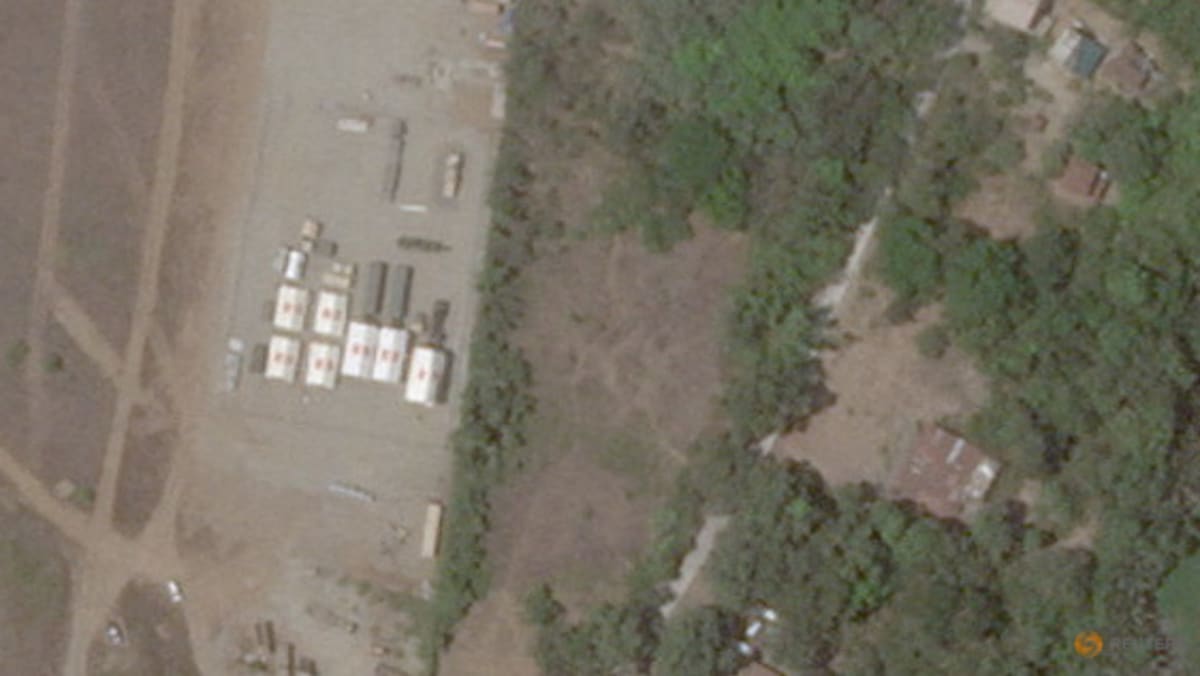4 dry gardens in Kyoto where you can find your moment of Zen in the tourist-packed city

Keane installed a swerving “river” with grey river stones set ingeniously on edge rather than flat, giving the flow a greater sense of direction. The garden is set between two wings of the hotel, and the “water” appears to tumble down like a waterfall from one building into the next with a wide, flat steel bridge above, a viewing platform bringing the design to life. The banks on either side are densely planted with maple trees, lady palms, ferns and ground-cover moss. And a boat-shaped stone carries a large patch of moss, which Keane interprets as Earth drifting through the galaxy.
MORE INFO IF YOU GO
The gardens at Zuiho-in and the Tofuku-ji Abbot’s Hall garden require tickets. The entrance fee at both is 400 yen (about S$3.60) for adults and 300 yen (about S$2.70) for children.
General admission to Honen-in is free, except for during the spring and fall opening weeks, which usually fall during the first week of April and the third week of November and cost 500 yen for spring and 800 yen for fall. The Empty River garden can be visited during those weeks.
The Genji Kyoto hotel garden is free to visit.
If you get hungry while touring gardens, Izusen, a restaurant in the Daiji-in subtemple of the Daitoku-ji monastery complex, offers multiple local specialties in set menus beautifully presented in mostly lacquered red bowls, which nest when empty. Open 11am to 4pm by reservation; 4,370 to 8,050 yen. It is near Zuiho-in.
Also by reservation, Yudofu Kisaki, a restaurant between the entrance to Honen-in and the Philosopher’s Walk, has vegetarian and tofu specialties. Open 11am to 8pm, last order at 6pm; 4,370 to 8,050 yen.
For a companionable book to read on your tour, Nobel Prize-winning novelist Yasunari Kawabata’s post-World War II novel The Rainbow is newly available in English. Several chapters take place in Kyoto, and it can feel as if you are travelling together, often in the same gardens.
Kawabata’s knowledge of plants was formidable, and the simplicity of his descriptions both natural and direct: “On the lawn in front of the gate, in the shadows of the pine trees, dandelions and lotuses were in bloom. A double-flowered camellia had blossomed in front of the bamboo fence.”
By Paula Deitz © The New York Times Company
The article originally appeared in The New York Times.
Source: CNA















